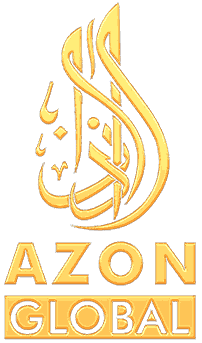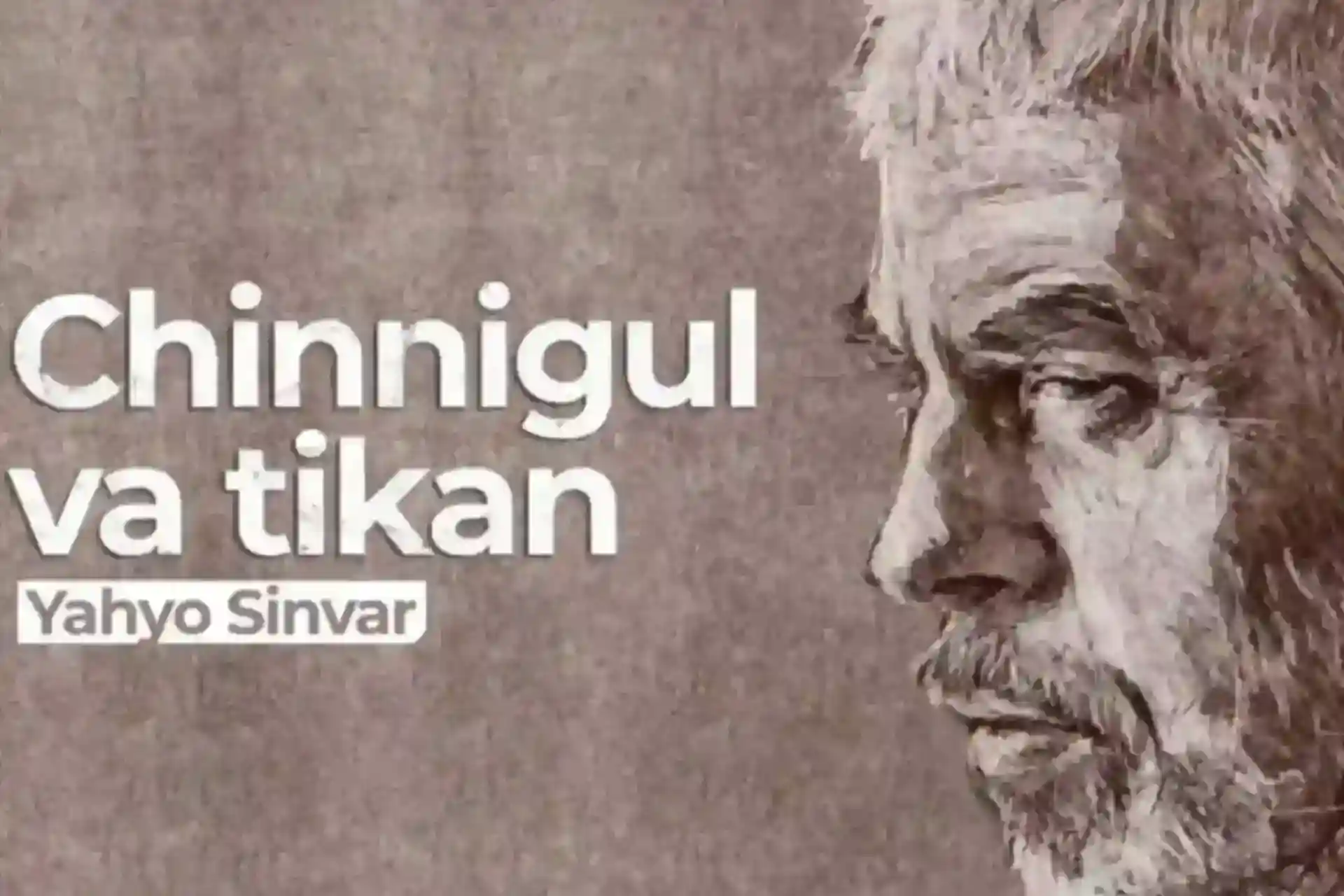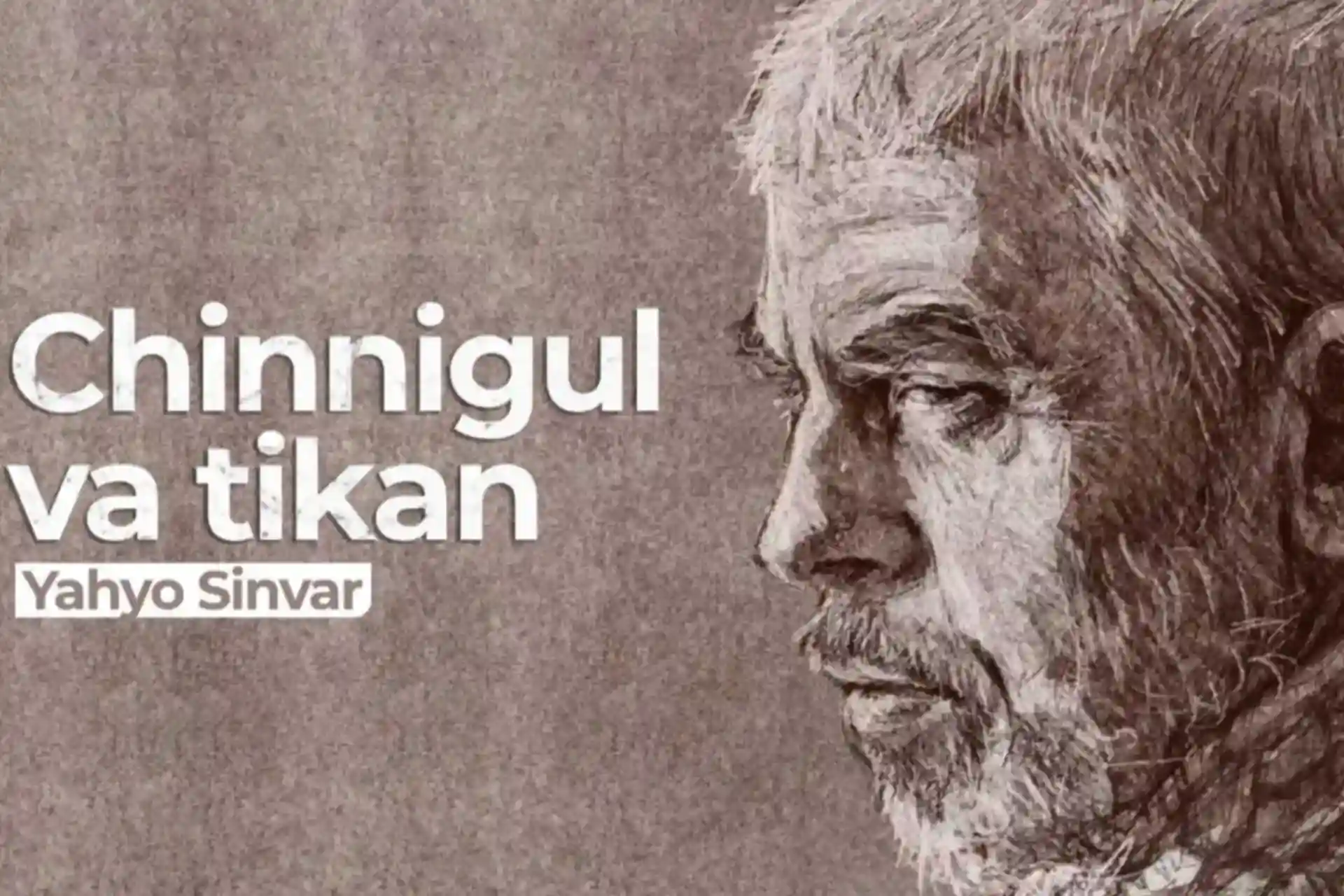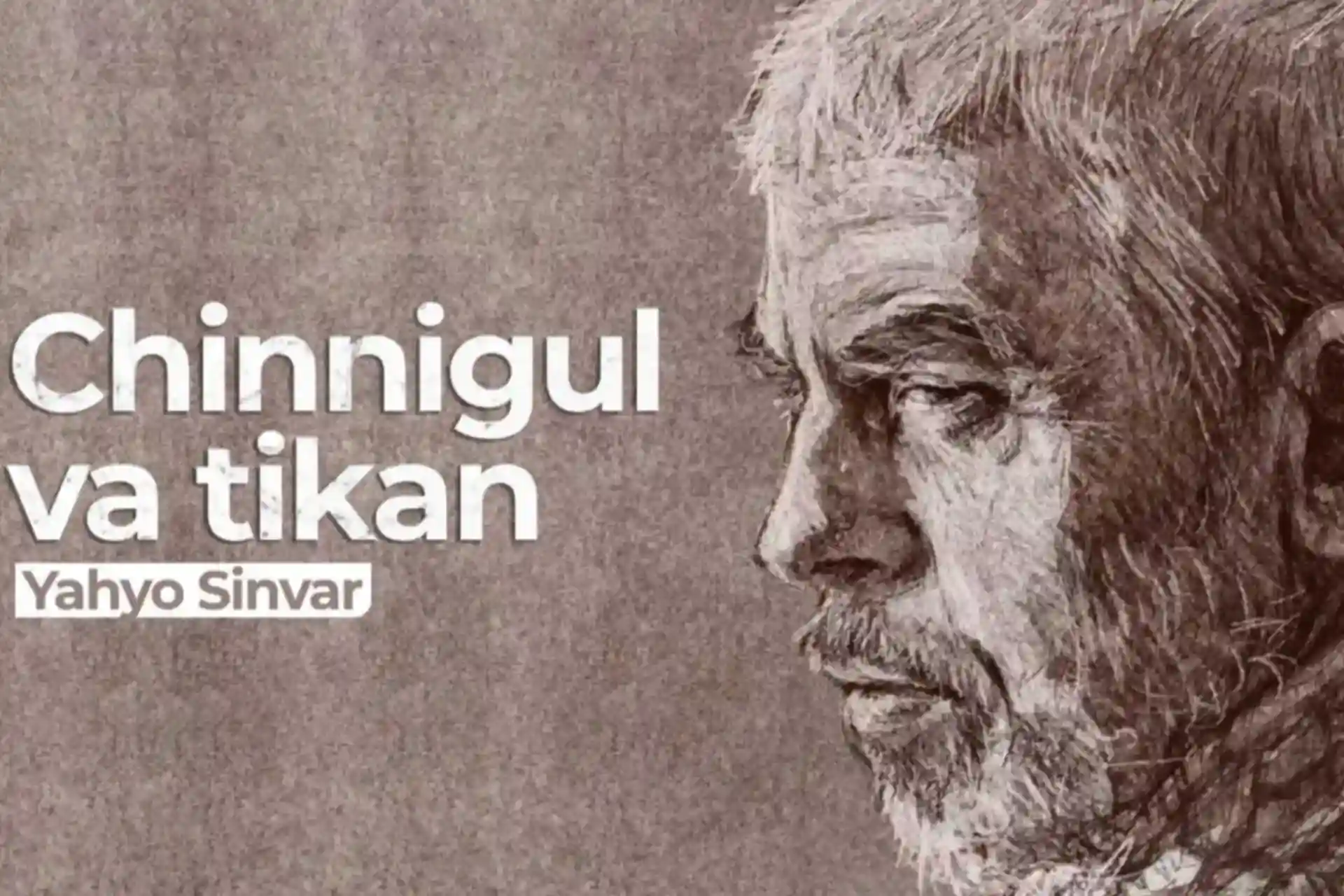10.04.2025 06:17
1456
"The Carnation and the Thorn" – Yahya Sinwar (story, part 42)
The way of life in the occupied lands was developing significantly. In fact, political and ideological groups had emerged and become visible in a number of labor unions. Three main groups had formed within the Engineers' Union: "Fathiylar", "Yassariylar" and "Islamiylar". My brother Mahmud was a supporter of "Fathiylar". He and his friends would conduct pre-election work for this group and try to get more votes in the elections.
Competition between the groups was intense. Each of them organized election campaigns, held meetings, and worked hard to increase the number of supporters. Sometimes two groups united against a third group. For example, there were cases when the "Fathiyyil" and "Islamiyyil" united and acted against the "Yassariyyil". The reason for this was that the "Yassariyyil" were thorough and quick in organizing.
One of the most notable events was the election held in the Red Cross Society in Gaza. At that time, Yasser had influence in this organization. Because of this, the Fatahs and the Islamists were forced to unite against the Yassers. Serious struggles ensued. For example, the Islamists gathered a huge crowd at the Islamic University in Gaza and held election meetings. My brother Mahmoud also did everything possible to ensure the victory of the Fatahs. They would meet every two or three days, contact a number of engineers, and try to attract more supporters. They worked tirelessly until election day.
The "Islamists" focused mainly on students. In particular, they focused on the Azhar University in Gaza and universities in the West Bank in general. They aimed to gather supporters among the younger generation, to win them over ideologically and religiously. Sheikh Ahmed personally dealt with the students in Gaza. Every week he held meetings at the Islamic University, where students could bring their loved ones. Islamic affairs were discussed at the university and preparations for the elections were made. Methods of working with and engaging young people were taught.
Ibrahim was also one of the active students at the university at that time. Sheikh Ahmad often relied on Ibrahim and other active students.
My brother Ibrahim would work in the morning to earn a living, and in the afternoon he would devote time to studying and religious activities. His mobility and enthusiasm were an example to everyone. When he returned home at night, he would eat, pick up a book, and fall asleep on it. On many occasions, I would take his book with me and close it. His enthusiasm inspired me to study even harder.
My brother Muhammad was making great strides in his education at Berezit University. Although he rented a house in Romallah to live in, he soon managed to move out of the university dormitory. Since his roommates were also religious students, their room soon became the headquarters of the group's activists. Meetings and consultations were held there.
Since my brother Muhammad was one of the prominent activists, he was forced to work with the female students who supported the group, even though he didn't want to. Among them, the number of girls wearing hijabs increased. The group of girls would gather and listen to instructions on tasks at the university, and the girls who were speaking would not look directly at the boys, and the boys would not look directly at the girls.
The activity was carried out not only at one university, but also through contacts with students from other universities and institutes. For example, students from the "Fath" group at "Berezit" would contact their friends at "Najoh" University. They would exchange experiences and organize joint activities. In some cases, Ibrahim and my brother Muhammad would also encounter each other at such events.
In many cases, Berezit students would visit Najah University in Nablus. Activity there was slower than in Berezit. But activity in Gaza was much more intense. Activity in Khalil was somewhere between Gaza and Najah - lower than Gaza, more intense than Najah.
These students moved without the observation of the invaders. Organized activities were carried out in secret. Only in some cases, suspicious activities were monitored. In this case, roads were blocked and the movement of students was restricted. Sometimes there were small clashes between students and the occupying soldiers. Students threw stones and chanted patriotic slogans, while the soldiers responded by spraying tear gas, shooting in the air, and sometimes shooting in the legs. They were detained for a short time and then released. In this way, life continued naturally.
To be continued...
Competition between the groups was intense. Each of them organized election campaigns, held meetings, and worked hard to increase the number of supporters. Sometimes two groups united against a third group. For example, there were cases when the "Fathiyyil" and "Islamiyyil" united and acted against the "Yassariyyil". The reason for this was that the "Yassariyyil" were thorough and quick in organizing.
One of the most notable events was the election held in the Red Cross Society in Gaza. At that time, Yasser had influence in this organization. Because of this, the Fatahs and the Islamists were forced to unite against the Yassers. Serious struggles ensued. For example, the Islamists gathered a huge crowd at the Islamic University in Gaza and held election meetings. My brother Mahmoud also did everything possible to ensure the victory of the Fatahs. They would meet every two or three days, contact a number of engineers, and try to attract more supporters. They worked tirelessly until election day.
The "Islamists" focused mainly on students. In particular, they focused on the Azhar University in Gaza and universities in the West Bank in general. They aimed to gather supporters among the younger generation, to win them over ideologically and religiously. Sheikh Ahmed personally dealt with the students in Gaza. Every week he held meetings at the Islamic University, where students could bring their loved ones. Islamic affairs were discussed at the university and preparations for the elections were made. Methods of working with and engaging young people were taught.
Ibrahim was also one of the active students at the university at that time. Sheikh Ahmad often relied on Ibrahim and other active students.
My brother Ibrahim would work in the morning to earn a living, and in the afternoon he would devote time to studying and religious activities. His mobility and enthusiasm were an example to everyone. When he returned home at night, he would eat, pick up a book, and fall asleep on it. On many occasions, I would take his book with me and close it. His enthusiasm inspired me to study even harder.
My brother Muhammad was making great strides in his education at Berezit University. Although he rented a house in Romallah to live in, he soon managed to move out of the university dormitory. Since his roommates were also religious students, their room soon became the headquarters of the group's activists. Meetings and consultations were held there.
Since my brother Muhammad was one of the prominent activists, he was forced to work with the female students who supported the group, even though he didn't want to. Among them, the number of girls wearing hijabs increased. The group of girls would gather and listen to instructions on tasks at the university, and the girls who were speaking would not look directly at the boys, and the boys would not look directly at the girls.
The activity was carried out not only at one university, but also through contacts with students from other universities and institutes. For example, students from the "Fath" group at "Berezit" would contact their friends at "Najoh" University. They would exchange experiences and organize joint activities. In some cases, Ibrahim and my brother Muhammad would also encounter each other at such events.
In many cases, Berezit students would visit Najah University in Nablus. Activity there was slower than in Berezit. But activity in Gaza was much more intense. Activity in Khalil was somewhere between Gaza and Najah - lower than Gaza, more intense than Najah.
These students moved without the observation of the invaders. Organized activities were carried out in secret. Only in some cases, suspicious activities were monitored. In this case, roads were blocked and the movement of students was restricted. Sometimes there were small clashes between students and the occupying soldiers. Students threw stones and chanted patriotic slogans, while the soldiers responded by spraying tear gas, shooting in the air, and sometimes shooting in the legs. They were detained for a short time and then released. In this way, life continued naturally.
To be continued...



